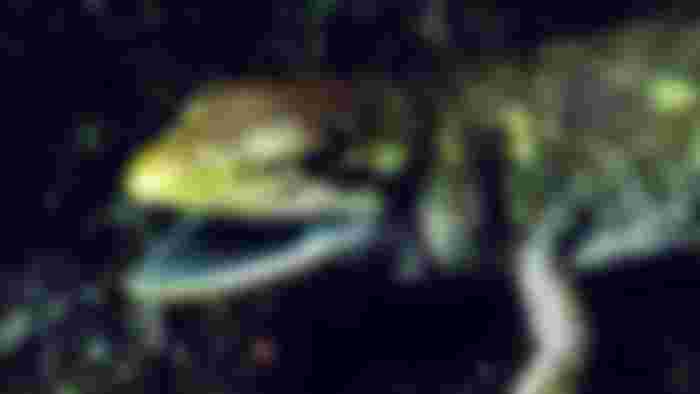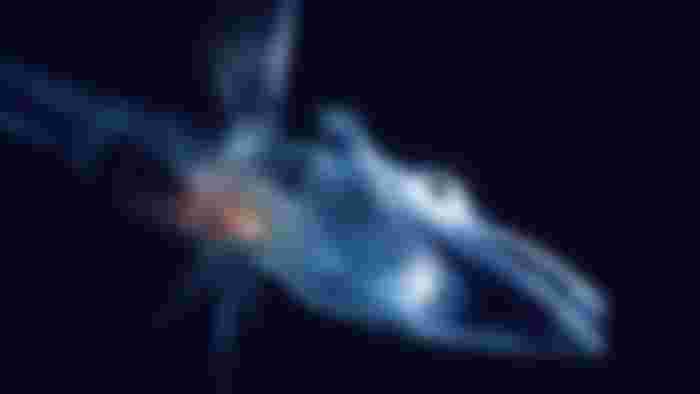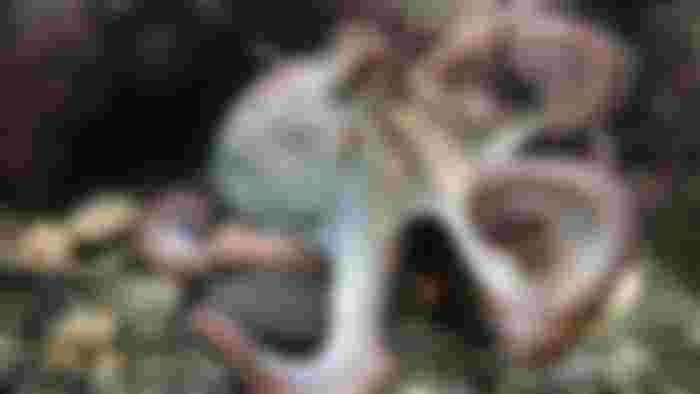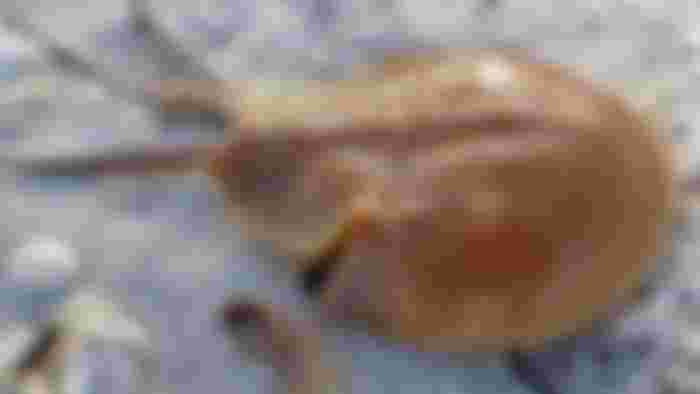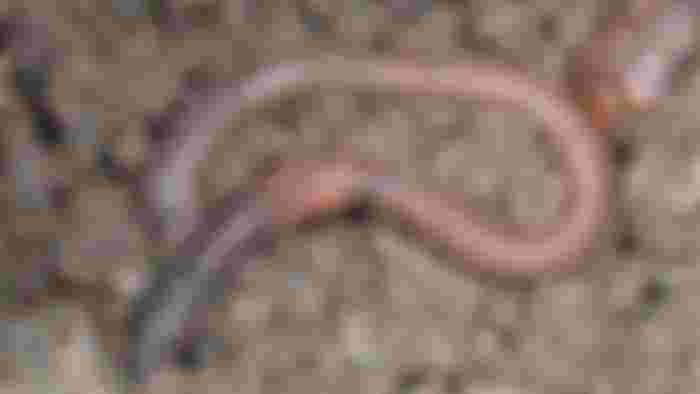Most vertebrates have red blood in their veins, but in some animals the color of the blood is different and not red.
The protein hemoglobin partly of iron atoms made since the number of red blood cells than the number of other components of the blood such as platelets and white blood cells more blood, human blood It looks red.
However, although many organisms have red blood, other organisms have blood with strange colors , from blue to green and sometimes purple.
Green-blooded tropical reptiles and lizards

New Guinea is home to many species of tropical lizards and lizards with lime green blood. Because of this, the lizards' tongues, muscles, and bones are all in different shades of green.
These reptiles, like humans, have hemoglobin-rich red blood cells, but these cells do not last forever, and when they break down, a compound called bilirubin is synthesized, which is a product of the green pigment. Vertebrates remove these compounds from the circulation for harmful effects. Lizards, on the other hand, have very high levels of bilirubin in their arteries, which is higher than hemoglobin, which causes their blood to turn green.
Frozen crocodile fish with clear blood

Crocodiles live in the ocean waters around Antarctica, somewhere below the freezing point of freshwater, and can kill any other vertebrate.
In very cold waters, hemoglobin-rich blood can be dangerously concentrated. For this reason, creatures that live in such conditions do not have red blood cells, such as icy crocodiles, which have no percentage of red blood cells, which makes their blood completely clear and colorless!
Octopus and horseshoe crab with blue blood

Many clustered organisms use a protein to replace hemoglobin called homocyanin. Both proteins are capable of transporting oxygen. Unlike hemoglobin, homocyanin binds to copper, not iron, and causes the blood to change color instead of red to blue.
The list of homocyanin-dependent organisms is long and includes spiders, scorpions, and some mollusks such as octopuses. Because the horseshoe crab is not a fully developed crab, but a spider family, it also has blue blood that is rich in homocyanins.
Blood yellow beetle

Small insects, including beetles, have yellow blood. The reason they have this distinctive color is that most insects process oxygen differently from humans and vertebrates. Where insects use a substance called hemolymph to carry oxygen instead of hemoglobin, which is a yellow substance.
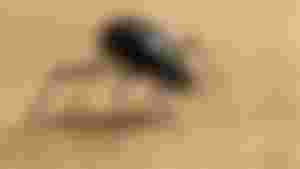
Earthworms

It is true that red is the natural color of the blood of worms, flies, fleas, larvae, etc., but the characteristic that distinguishes it from the color of human blood is that hemoglobin is not present in red blood cells but is dissolved in body fluids.
